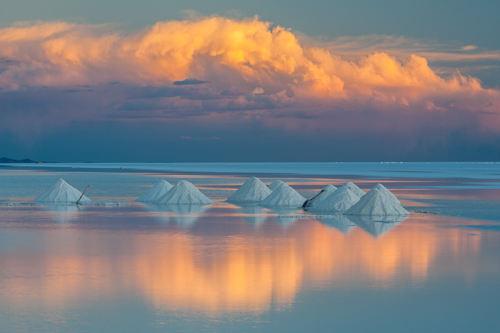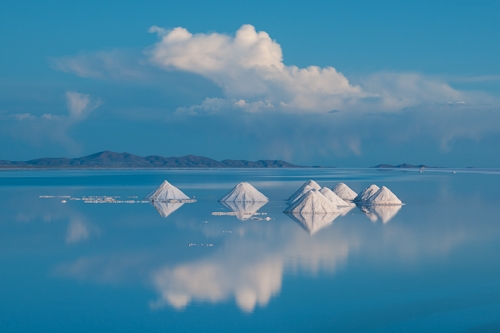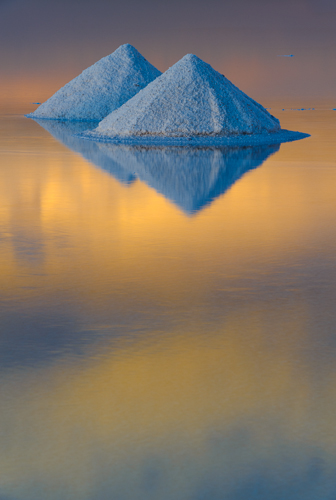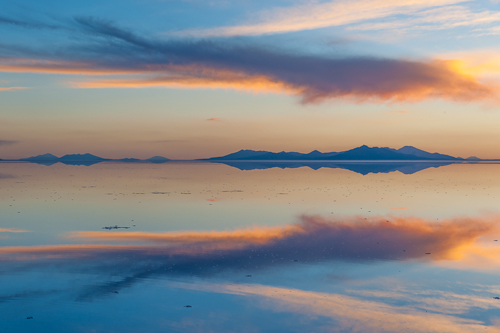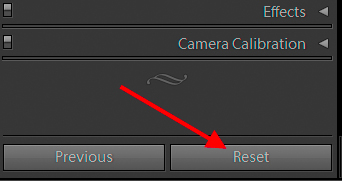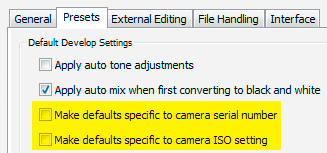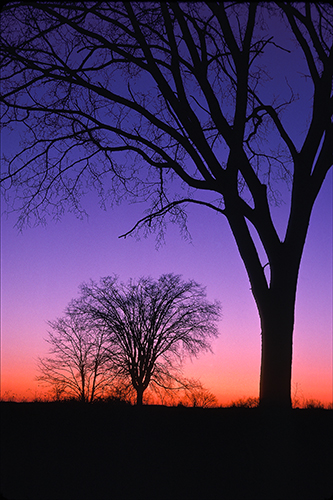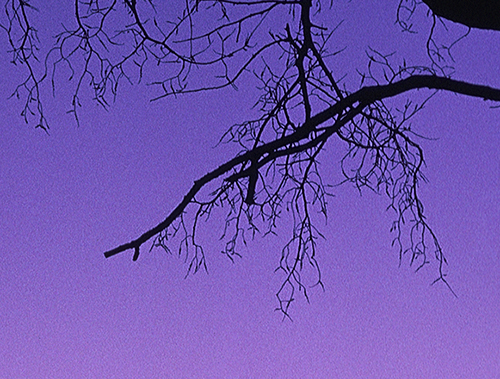I’ve gotten quite a few emails over the last several months asking about the cameras I currently use, the Nikon D4 and D800E. One specific question was why I switched from my previous D3s and D3x bodies.
Let me start with the D4. I do believe this is ergonomically the best camera I’ve ever handled. It fits my hands, and, for me, all the control buttons and dials fall in the right places. I definitely like all the little tweaks Nikon did, compared to the D3 series of bodies, such as how the AF patterns are selected, or how auto-ISO is turned on and off, plus I’m happy to get the increase in megapixels. But to be honest, part of my decision to get the D4 was an encounter I had late last year in the sub-Antarctic with an ill-tempered male southern fur seal. Just let me say that salt water and electronic cameras do not go well together. The bad news from Nikon repair: the camera was beyond resuscitation. OK, but then what to do? I knew the D4 was going to be available shortly, as the internet was rife with rumors. So…purchase a replacement D3s, or wait a few months and buy a D4 and get newer technology? The price differential was not too great (hey, after the first several thousand dollars, what’s another $500 or so?) and yes, I purchase my cameras retail just like everyone else does. My conclusion was to go for the latest and greatest.
But why get a D4 at all? The answer lies in the subjects I photograph and where I photograph them. I do enough wildlife work that I want a fast motor drive, and I often work in far off locations, including under some extreme weather conditions, that I need a rugged pro camera (and, given what happened, perhaps a fur seal repulsion unit also).
As to the D800E, it offered four features that I wanted: a self-cleaning sensor (perhaps it was just me, but my D3x sensor always seemed to be a dust magnet), better high ISO performance, more dynamic range, and, yes, more megapixels yielding a larger file size. For me, that last point becomes important for advertising photo use, and for sales of large prints. I also liked the smaller size and less weight of the camera, compared to the D3x; consequently I was not interested in the add-on battery grip. And, given the price of the D800E, I could sell my good condition D3x, purchase the D800E, and still have a few dollars left over.
You might note that video capability played no role in my choices. I don’t do video. I’m just not interested in shooting it.
In short, my camera choices can be summed up as “D4 action camera,” and “D800E landscape camera.” Please note that this was a business decision for me, since I make my living with my cameras. I’m certainly not suggesting that you ought to make these purchases.
Am I happy with the newer cameras? Absolutely. Any problems with either of them? None whatsoever. Anything I would like to change? Sure, I wish they both took the same model battery so I didn’t have to carry two chargers. Any advice for readers of this blog? Be careful of southern fur seals, especially one really mean male who apparently doesn’t like photographers.

